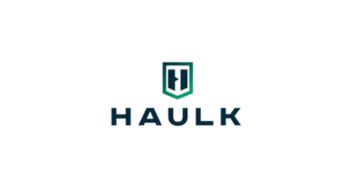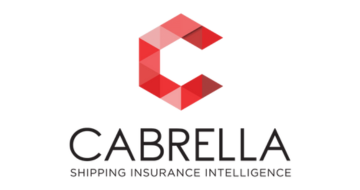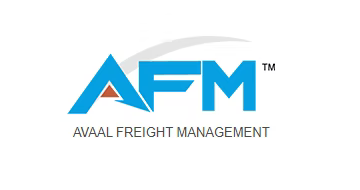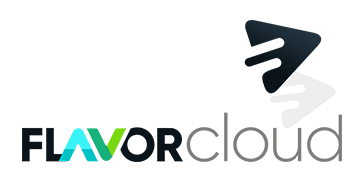
| Starting Price | $25 |
|---|---|
| Pricing Model | Per driver |
| Free Trial | 1 month |
| Free Version | No |
Looking for top supply chain and logistics software? Check out our comprehensive list to find the best solutions to streamline and optimize your supply chain operations, saving you time and money.
Find the best value supply chain and logistics software for your needs.
Discover the ultimate selection of supply chain and logistics software we've carefully curated for you. Our top list represents the best value software in this category, backed by thorough research and analysis.

| Starting Price | $25 |
|---|---|
| Pricing Model | Per driver |
| Free Trial | 1 month |
| Free Version | No |

| Starting price | Contact |
|---|---|
| Free Trial | No |
| Free Version | No |

| Starting Price | Contact for price |
|---|---|
| Pricing Model | Subscriber based |
| Free Trial | No |
| Free Version | No |

| Starting Price | $99/month |
|---|---|
| Pricing Model | Subscriber based |
| Free Trial | Yes |
| Free Version | No |

| Starting price | Pay-Per-Transaction |
|---|---|
| Pricing model | Pay-Per-Transaction |
| Free Trial | No |
| Free Version | Yes |

| Starting Price | Contact for price |
|---|---|
| Pricing Model | Premium |
| Free Trial | Yes |
| Free Version | No |

| Starting price | Free |
|---|---|
| Pricing model | Free (Open source) |
| Free Trial | Yes |
| Free Version | Yes |
Supply Chain & Logistics Software is a set of industry tools designed to streamline and optimize end-to-end processes in the movement of goods and materials.
From procurement to inventory management, warehouse operations, transportation, and order fulfillment, this software provides comprehensive solutions to improve visibility, efficiency, and collaboration throughout the supply chain.
The cost of supply chain and logistics software depends on factors such as the size of your business, the features you need, and the software vendor. Pricing models typically include monthly or annual subscriptions, and some vendors offer scalable plans for companies of all sizes.
When evaluating pricing options, it’s important to consider the value and ROI that the software will bring to your business.
Supply chain & logistics software is ideal for companies of all sizes and industries involved in procurement, manufacturing, distribution or transportation. Whether you’re a retailer, manufacturer, wholesaler or logistics provider, implementing this software can help you streamline operations, reduce costs, improve customer satisfaction and give you a competitive edge in today’s dynamic marketplace.
To ensure the accuracy and reliability of our recommendations, we use a careful evaluation methodology. Our rating system includes four key categories: Price, Ease of Use, Features, and Support. For a detailed overview of our methodology, please visit our rating methodology page.